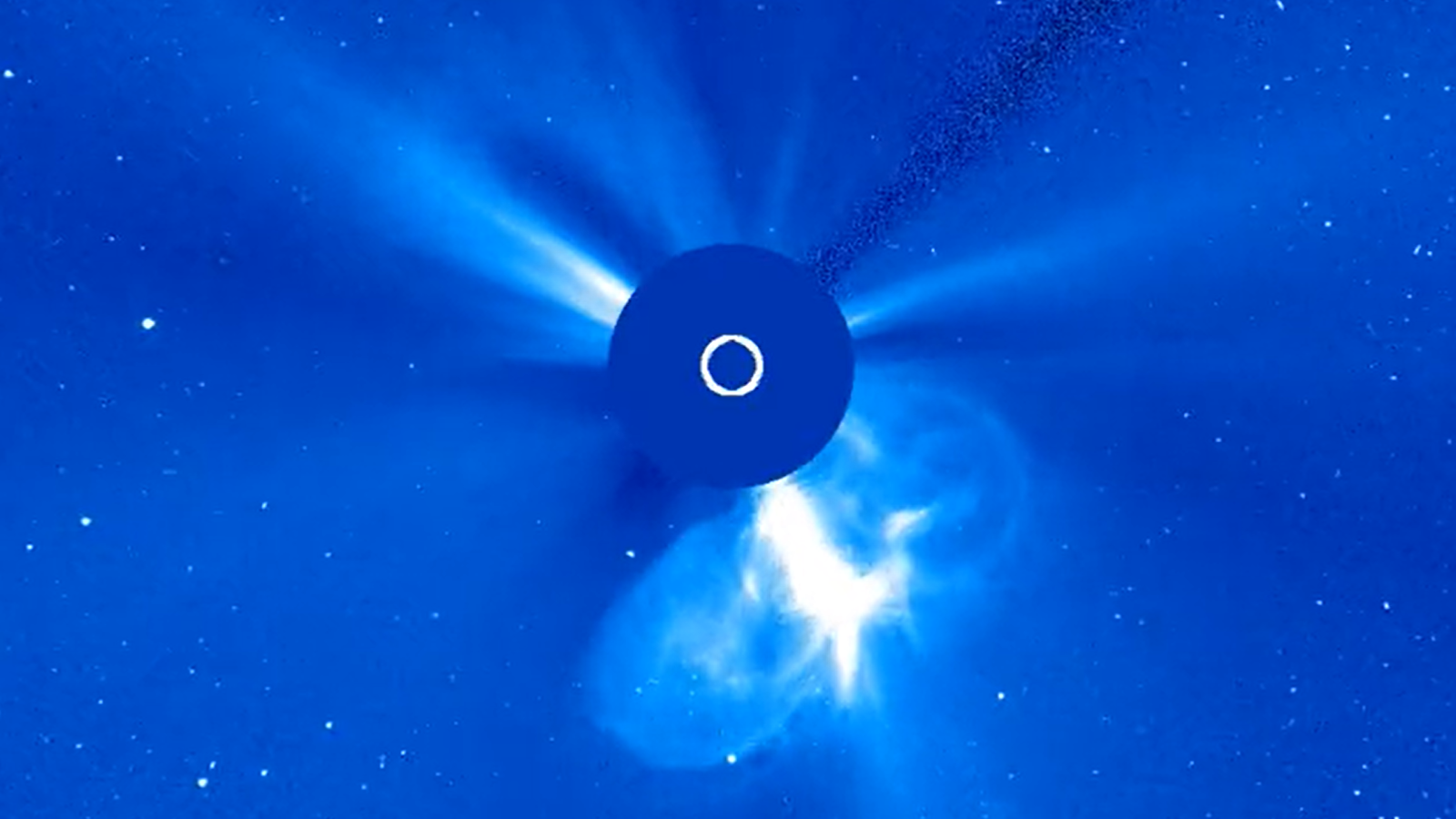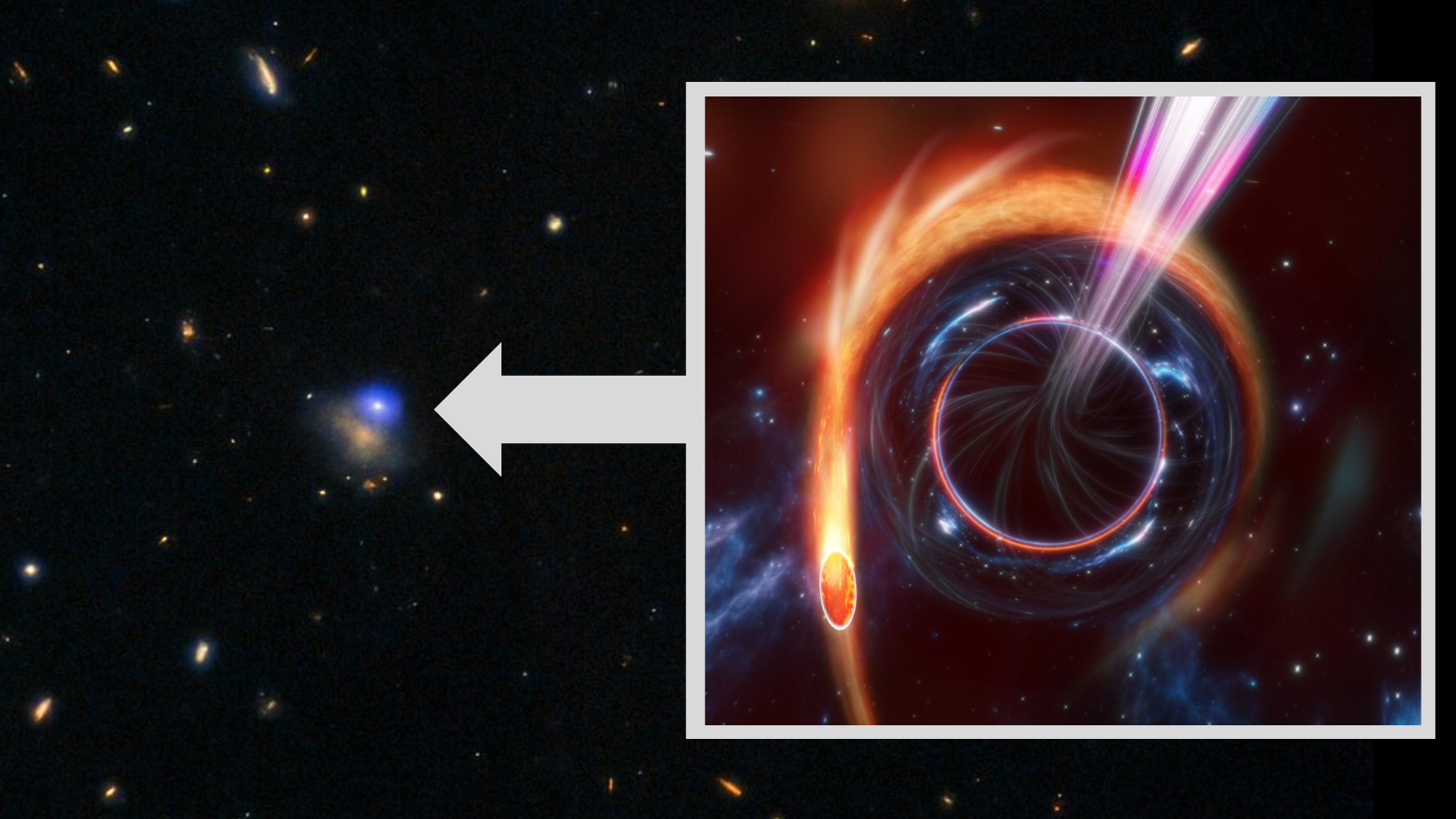Storm-boosted auroras dazzle skywatchers around the world (photos)
The sun is flaring and showing us its power.
The sun awakened once again.
A flurry of charged particles ejected from the sun on Wednesday (Aug. 17) supercharged the auroras, which shone spectacularly above Earth overnight.
The storm was classified as a moderate-sized or G2-class storm, according to SpaceWeather.com — and that's not all that's coming from our sun.
A new pair of flares were associated with a fresh coronal mass ejection (CME), or cloud of solar plasma, from a sunspot known as AR3078. The CME may cause a slightly stronger (G3-class) geomagnetic storm on Thursday (Aug. 18) and Friday (Aug. 19) after it hits Earth, according to forecasts from the U.S. National Oceanic and Atmospheric Administration.
While the CME is expected to only graze Earth's magnetic field, according to SpaceWeather.com, it may still produce stunning auroras as charged solar particles interact with molecules high in our atmosphere.
Related: Hyperactive sunspot just hurled a huge X-class solar flare into space

Such ramped-up space weather suggests that the sun is beginning to wake up from the more quiescent phase of its 11-year-cycle of activity.
Breaking space news, the latest updates on rocket launches, skywatching events and more!
This year has seen far more sunspots on the sun's surface, which is where magnetic activity clusters and occasionally produces tangles that generate flares and CMEs.
Geomagnetic storms induced by space weather are usually harmless, but the stronger ones can be problematic. Satellites, power lines and other infrastructure can be vulnerable to the strongest flares from the sun, which is why NASA and other agencies keep an eye out for rare but super-strong solar events.
Last night's storms generated a stream of tweets from around the world as people spotted auroras in their locales.
REPEAT PERFORMANCE: How similar are these two M flares from AR3078 to yesterday's big flares (see previous tweet). Such flares are called Homologous Flares. The same magnetic configuration erupts in the same way - one after the other. It may happen again in the next day or two. pic.twitter.com/czM4k3se2YAugust 18, 2022
well hello there 😍#NorthernLights #Aurora #Yeg@AuroraNotify pic.twitter.com/AuOviXWSKrAugust 18, 2022
First ever time going out to take pictures of the Aurora Borealis! Didn't look like much with the naked eye but long camera exposure with some editing and there you have it! Picture is from West Beach, Whidbey Island looking north towards the San Juan Islands!#wawx @NWSSeattle pic.twitter.com/iTAlP7v6vyAugust 18, 2022
Northern Lights dance with the migrating birds last night in southern Finland.Credits: Mika Wist, 18.08.2022#NorthernLights#Aurora#Finland #Suomi pic.twitter.com/h9HFW3fA0sAugust 18, 2022
Watching the Aurora with my mother-in-law from her back garden again afew minutes ago☺️💚 #northernlights #aurora #Auroraborealis #canada #solucky pic.twitter.com/rmI4wIJcxZAugust 18, 2022
Any show is a good show when it comes to the #NorthernLights / #Aurora @AngelBrise1 @cogie_s @TamithaSkov @chunder10 @PeakToSailPhoto @dmaluk1 @PaulaC_Four @hillsblockview pic.twitter.com/YdnQTxHNYpAugust 18, 2022
Slightly blurry phone pics (no tripod) but it’s definitely there! #aurora Near Harrogate, Yorkshire @VirtualAstro pic.twitter.com/xeXmmqLCWyAugust 17, 2022
aurora borealisTaken by Arne Flor on August 19, 2022 @ Arendal, Norway pic.twitter.com/J0lPTtF3rZAugust 18, 2022
Northern lights are dancing. Even caught a meteor going by. pic.twitter.com/qK1MKaup6JAugust 18, 2022
hint of the Northern lights teasing us with a good time. #AuroraBorealis #NorthernLights pic.twitter.com/TQAZxesrSPAugust 18, 2022
If you captured a stunning photo of the northern lights let us know! You can send in images and comments to Space.com by emailing spacephotos@space.com. Be sure to let us know your name, where you were observing from and what it was like to see the auroras.
Follow Elizabeth Howell on Twitter @howellspace. Follow us on Twitter @Spacedotcom or on Facebook.

Elizabeth Howell (she/her), Ph.D., was a staff writer in the spaceflight channel between 2022 and 2024 specializing in Canadian space news. She was contributing writer for Space.com for 10 years from 2012 to 2024. Elizabeth's reporting includes multiple exclusives with the White House, leading world coverage about a lost-and-found space tomato on the International Space Station, witnessing five human spaceflight launches on two continents, flying parabolic, working inside a spacesuit, and participating in a simulated Mars mission. Her latest book, "Why Am I Taller?" (ECW Press, 2022) is co-written with astronaut Dave Williams.
